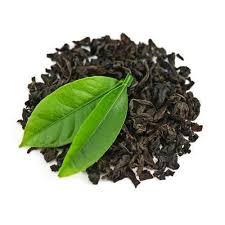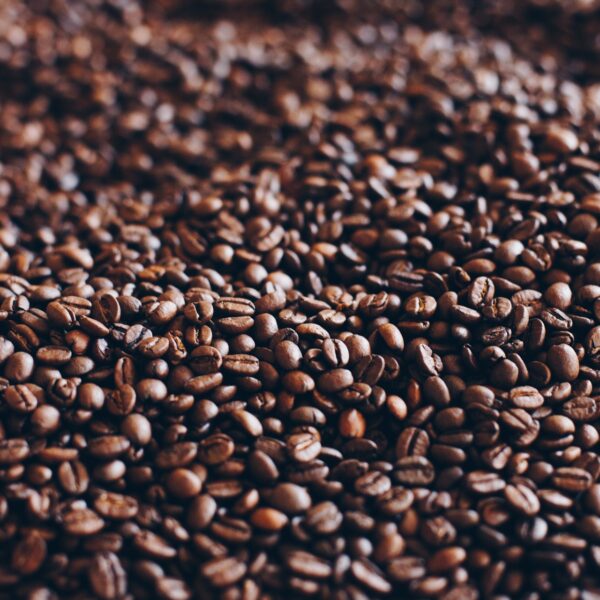DESCRIPTION
Tea is an aromatic beverage prepared by pouring hot or boiling water over cured or fresh leaves of Camellia sinensis, an evergreen shrub native to China and other East Asian countries. After water, it is the most widely consumed drink in the world
Kenya’s tea growing regions have ideal climate for tea; tropical, volcanic red soils; well distributed rainfall ranging between 1200 mm to 1400mm per annum; long sunny days. The majority of Kenya’s tea-growing regions are found in the Kenyan Highlands, on both sides of the Rift Valley. One of the major tea plantation region in Kenya which is among the largest plantation in African which is Kericho.
The product is available as:
- Black CTC
- Black Orthodox
- Green
- Specialty
Grading is as follows:
Leaves and granules
- BP1: Broken Pekoe 1 forms about 12–14% of the total production. It has the largest size. The liquors are a bit light in body but with encouraging flavouring characteristics
- PF1: Pekoe Fanning 1. This is about 58–60% and forms the bulk of the production. It is mahas traces of black tea and large amount of smallish cut fibers often sifted out of the primary grades. F1 forms about 3–4% of the production and quite useful in tea bags due to its quick brewing, strong flavor and good color.
Fine particles
-
- PD: Pekoe Dust. It forms 10–12% of the production, often black and finer than the PF1 often with thick liquors and aroma.
- Dust: Made up of tiny bits of broken leaf often used to brew strong tea quickly and popular for the tea bags.
- Dust1: This is made up of the smallest particles and form about 4–6% of the total production.
World Production
- Worldwide 6,497,443 tonnes of tea is produced per year.
- China is the largest tea producer in the world with 2,791,837 tonnes production per year.
- India comes second with 1,390,080 tonnes yearly production.
- China and India produce together more than 60 % of world’s total tea.
- With 458,850 tonnes of production per year, Kenya is the third largest producer of tea.



















































